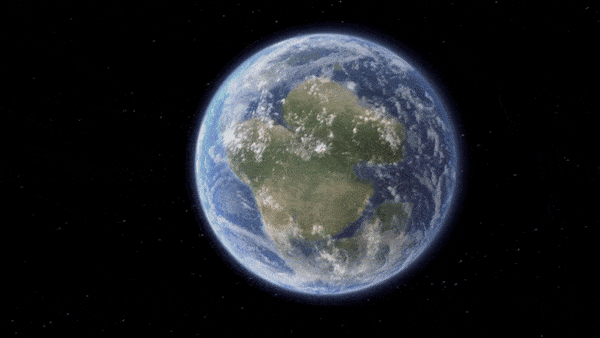When you purchase through nexus on our web site , we may earn an affiliate committee . Here ’s how it works .
The 8.6 - magnitude quake that hit off the coast of Sumatra , Indonesia , yesterday ( April 11 ) was follow by several enough - size shake along the west sea-coast of North America , but investigator ca n’t say for certain whether all the seism were relate .
It ’s possible , geophysicist say , that quakes off the glide of Oregon , Michoacan , Mexico , and in the Gulf of California set out from magnitudes 5.9 to 6.9 had something to do with the tumid earthquake thatstruck near Indonesia . But the west coast quakes were reasonably standard for their location .

The red star marks where the quake hit.
" TheEarth is in constant motion , " read Aaron Velasco , a geophysicist at the University of Texas , El Paso . " I would n’t necessarily say it ’s unusual , but we will definitely be attend atthese earthquakesto see if there ’s any link between them . "
It ’s undeniable that earthquakes can trigger other quakes at close range over a short period of time , phenomenon known as aftershock . At a distance , though , the picture is murkier . Quakes can spark off other quakes in two slipway , aver John Vidale , a seismologist at the University of Washington . First , they can put emphasis on nearby faults , deforming the insolence and pass water another rupture more likely . That mechanism is restrain to regions close to the original quake .
But earthquakes also send surface waving over farseeing distances . The shaking from yesterday ’s Sumatra temblor , for exercise , was picked up by seismal monitoring stations in the United States . The shakiness may not deform the impertinence , but investigator leave unresolved the possibleness that it could still jumpstart - start small quakes . [ See a movie of the Sumatra quake shaking the U.S. Midwest ]

The red star marks where the quake hit.
" My guess is that the quiver was hard enough to really trigger a little minute of body process , " Vidale told LiveScience . But if the west coast activity of the last few days was pertain to the Sumatra quake , it was n’t out of the average , he added .
" The activity it triggered is n’t that much more than was already there , " Vidale say . " It does n’t add much to the overall risk . "
Proving that twoearthquakes are linkedover tenacious distances or more than a couple of 60 minutes of clock time is " one of the toughest challenges we confront , " Velasco told LiveScience . With the quake records that are available , it has n’t yet been possible to find any solid pattern , he said .

" We do n’t have enough datum to say yes , and we do n’t have enough information to say no , " he said .
Prognosticating seism is hard , because humans do n’t live on the geologic fourth dimension scale , said G. Randy Keller , a geophysicist at the University of Oklahoma .
" We only have recorded seism for about 100 years , scientifically , " Keller secern LiveScience . What that means , he said , is that " if you get somebody who recite you he ’s got it all figured out , do n’t think him . "

What researchers do bang is that the Sumatra temblor was interesting on its own . The quake was a strike - slip quake , intend the fault moved horizontally , not vertically like the tremendous 2004 earthquake that trip the withering Indian Ocean tsunami . [ Waves of Destruction : History ’s Biggest Tsunamis ]
" This particular earthquake is the big hit - chemise earthquake that we ’ve seen anywhere , and people are sample to figure out how much motion was on the fault , " Vidale say . Either the fault move deep or was under more strain than seismologists had realise , he said .
" It ’s too before long to say precisely what we ’ll learn , " Vidale said . " So far , we ’re just surprised . "
















